Hyundai and Kia vehicles have always been a mark of innovation. While the brand has been synonymous with reliability, there are instances where even the most reliable cars face issues. One of these problems, especially in the Hyundai Sonata, Tucson, Santa Fe, and Kia Optima, is the P1326 code. So what is this p1326 error code? What does it define? Let's learn it first.
Vibrations signify significant wear in the connecting rod bearings, triggering error code P1326. The Knock Sensor Detection System (KSDS) efficiently detects these vibrations. This code indicates an advanced stage of bearing wear, potentially leading to severe engine damage. The system alerts the driver through the continuous flashing of the Malfunction Indicator Lamp (MIL). This immediate notification allows for prompt awareness of the issue. Additionally, a Diagnostic Trouble Code (DTC) is generated to pinpoint the specific cause of the problem.
Understanding the P1326 Code
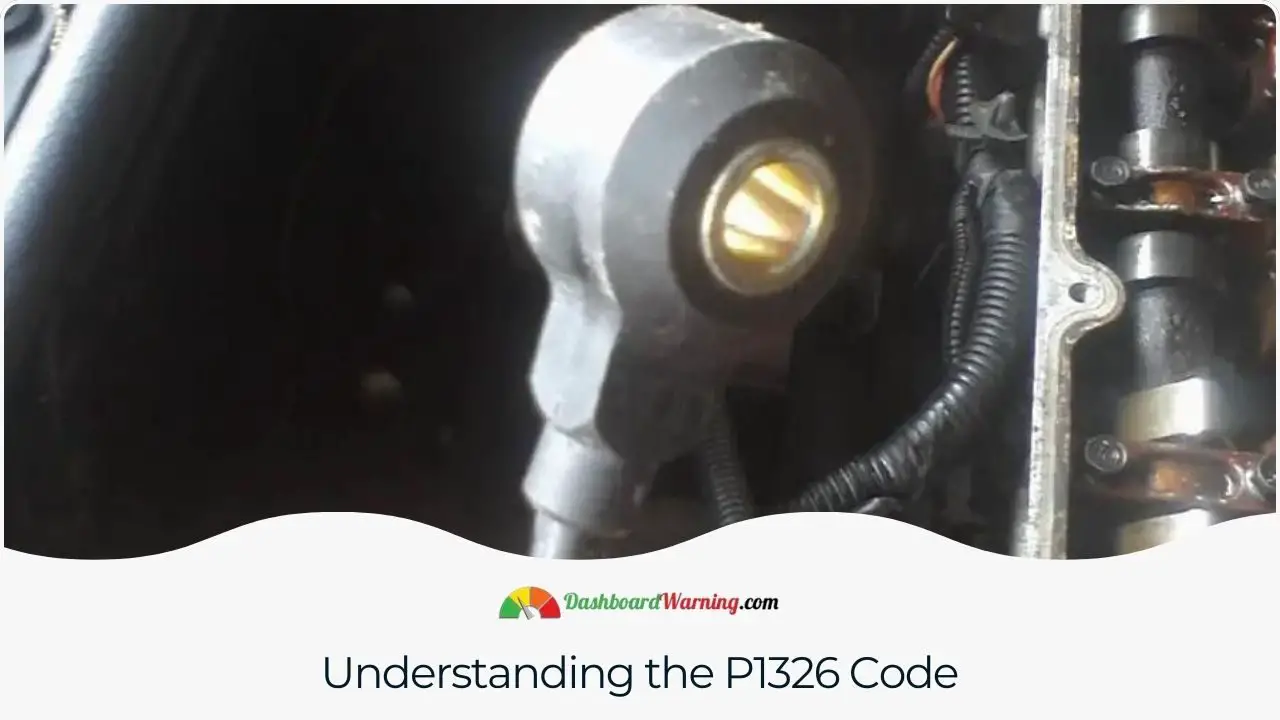
P1326 primarily indicates a knock sensor detection system malfunction. The system is designed to detect vibrations, signaling the onset of excessive connecting rod bearing wear. In simpler terms, Your engine's knock sensor, a critical component, might be raising a red flag.
Possible Causes of the P1326 Code
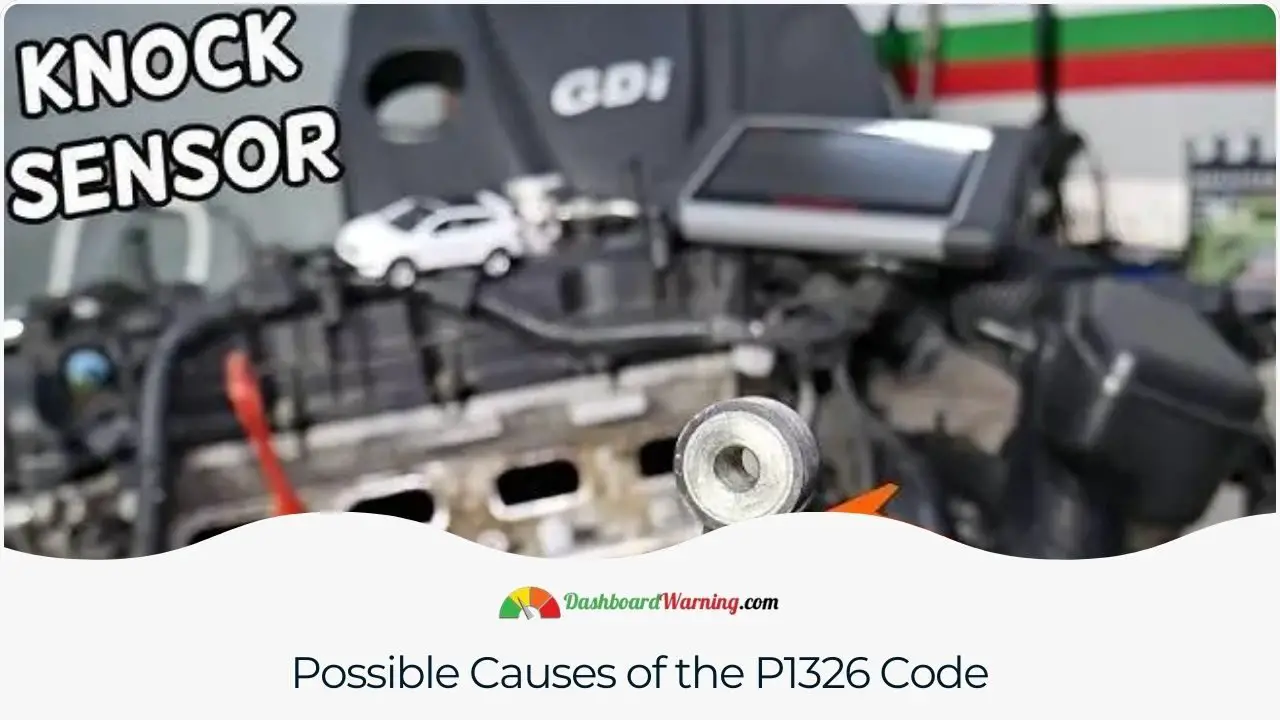
While the exact cause can vary, here are some potential culprits:
- Faulty Knock Sensor: The most direct cause. It could be malfunctioning or entirely non-functional.
- Wiring Issues: If the knock sensor's harness has an open circuit, short circuit, or poor electrical connection, it could trigger the P1326 code.
- Engine Mechanical Problems: Sometimes, the machine might have issues, leading to the sensor's false alarms.
- Engine Control Module (ECM) Needs Reprogramming: Technology could be better, but it isn't. Occasionally, the ECM might need an update.
Importance of Knock Sensor Detection System (KSDS)
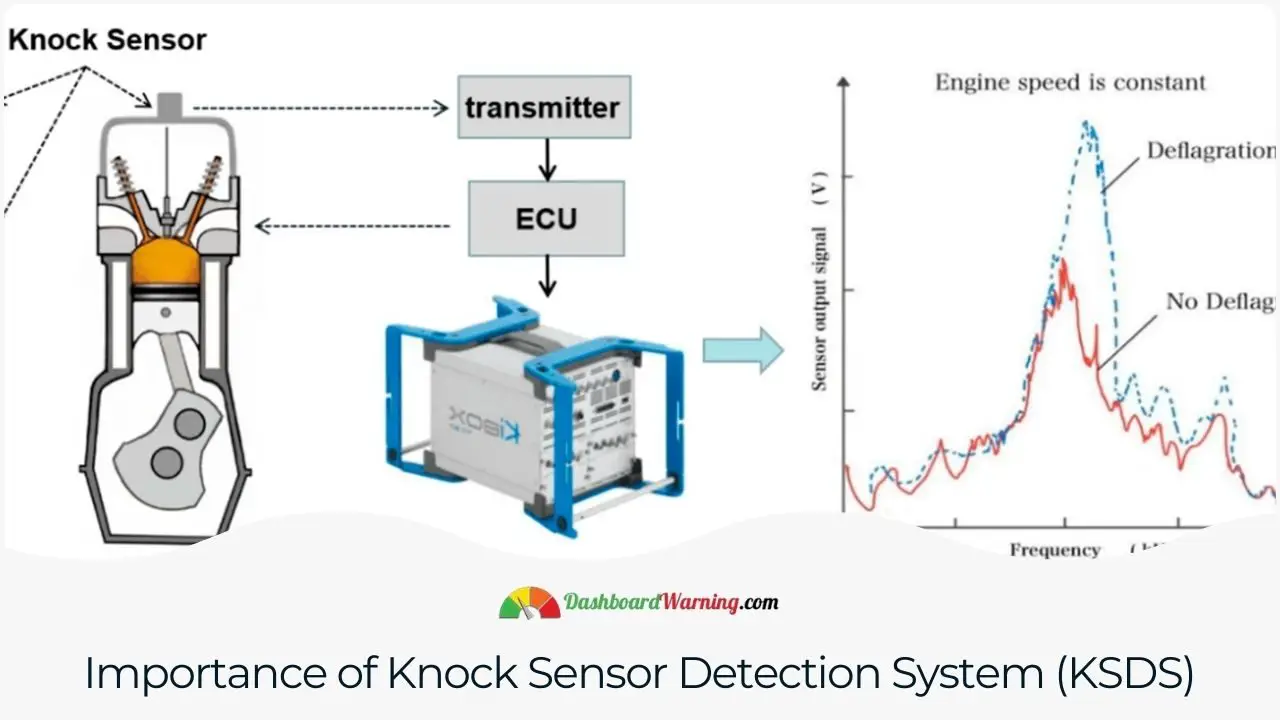
So, why the fuss about a knock sensor? In a detailed breakdown video, Stefan from Sne's Garage [1] illustrated a 2017 Hyundai Sonata with a flashing check engine light, indicating a knock sensor issue. Such scenarios, if unchecked, can lead to dire consequences, including a complete engine failure.
What is The Knock Sensor?

Engine knock, also known as engine ping or detonation, is a harmful phenomenon involving an unplanned secondary ignition within a cylinder, separate from the primary spark plug ignition. This condition is detrimental to the engine. Engine knock occurs through a specific sequence of events.
Initially, the spark plug ignites, creating a flame front that moves across the cylinder. This movement compresses the remaining air and fuel, increasing pressure and temperature. In certain cases, the temperature rises to a point where it causes a second ignition. This secondary ignition generates another flame front. The collision of these two flame fronts results in the engine knock.
Limp Mode in Hyundai Engines

Limp mode, also known as "limp home mode," is a vehicle safety feature. It activates when the engine or transmission control unit detects a malfunction. In limp mode, the vehicle's speed is restricted, and non-essential functions, like the air conditioning, are disabled to protect the engine and allow the driver to reach a service location.
Check Engine Light Blinking in Hyundai Tucson, Sonata and Santa Fe
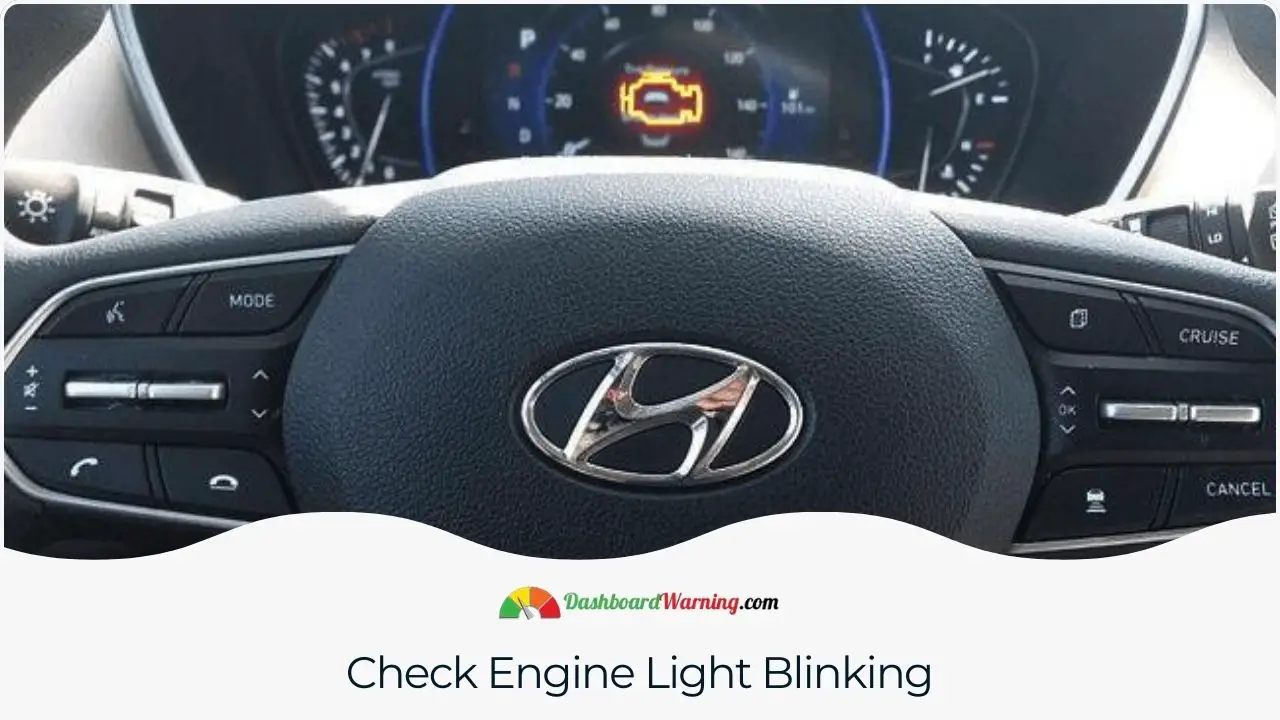
A blinking check engine light on your Hyundai Sonata signals an urgent issue that requires immediate attention. Typically, this flashing light indicates a severe engine misfire, releasing unburned fuel into the exhaust system. It's crucial to address this promptly to avoid potential damage.
Main Symptoms of Sensor Circuit Malfunction

Various unnoticed issues can trigger error code P1326. Key symptoms include:
- Persistent illumination of the check engine light.
- Loss of power, potentially leading to error code P1326.
- Poor idling or stalling performance.
- Constant activation of the Malfunction Indicator Lamp (MIL).
- Difficulty starting the car.
- Challenges with engine starting.
- Experiencing both rough idling and stalling.
- Various other driving difficulties.
How to Easily Diagnose a Sensor Circuit Malfunction
Diagnosing a sensor circuit malfunction typically requires a skilled technician due to its complexity:
- Confirm the presence of error code P1326.
- Clear the Engine Control Module as a preliminary step.
- Ensure no other Diagnostic Trouble Codes (DTCs) are active.
- Inspect the knock sensor, wire harness, and ECM for loose connections.
- Turn the ignition key to the ON position (without starting the engine), then switch it off after checking for proper rotation.
- If an open or short circuit is detected during this test, replace the knock sensor. If error code P1326 persists, examine each spark plug wire and coil pack for spark, and check the fuel pressure and injector pulse waveform while cranking the engine.
What is the Cost to Diagnose a Sensor Circuit Malfunction?
The cost to repair a P1326 code varies significantly, ranging from $225 to $1500 or more, depending on:
- The type and number of parts requiring replacement.
- Labor time involved.
- Vehicle-specific nature of the code, affecting part compatibility.
Knock sensor replacements cost between $100 and $300, while installation fees range from $45 to $200, varying by location and service provider.
How to Easily Solve Error Code P1326
Resolving error code, P1326 can be efficiently handled by an expert within a short time frame using several straightforward methods:
- Review Technical Service Bulletins for any specific guidance related to this error code.
- Use an automotive scanner to check for additional Diagnostic Trouble Codes (DTCs) associated with error code P1326, ensuring they match the scanner's readings.
- Inspect the wires and connectors linked to the Detonation Sensor for common issues. Repair or replace them as needed.
- Utilize appropriate tools to measure the Knock Sensor voltages. Confirm that the Knock Sensor circuit is not open or grounding improperly. Make necessary adjustments if either condition is found.
- Assess the condition of the detonation sensor following the manufacturer's guidelines. Replace it if it is found to be defective.
- Again, measure the Knock Sensor voltages with suitable instruments to ensure the circuit is neither open nor shorted. Adjust accordingly if any of these issues are detected.
- Investigate the engine for any mechanical problems. Address all stored codes, especially those indicating error code P1326, through appropriate repairs.
Common Mistakes While Diagnosing Sensor Circuit Malfunction
- Drawing conclusions based on data from multiple trouble codes without thorough analysis.
- Relying on the assumption that scanning methods are always entirely accurate.
- Incorrectly identifying the root cause of a symptom.
- I am not checking for other diagnostic trouble codes (DTCs) before diagnosing error code P1326.
- Neglecting to replace components that are worn out or contaminated.
- Not following appropriate repair procedures. Using only recommended fluids, cleaners, and lubricants is crucial when working with automotive components.
What is Code P1326 Kia Optima?
In the Kia Optima, code P1326 is related to the knock sensor. It signifies that the Knock Sensor Detection System (KSDS) has detected vibrations indicating severe wear in the connecting rod bearings. This alert warns the driver about a critical phase of bearing wear, which could lead to significant engine damage and failure.
What Does Code P1326 Mean on Hyundai Santa Fe?
For the Hyundai Santa Fe, the engine error code P1326 indicates that the Powertrain Control Module (PCM) has detected engine "knock." This is often caused by worn-out rod/main bearings.
What Does Code P1326 Mean on Hyundai Tucson?
In the Hyundai Tucson, code P1326 means that the PCM has detected an irregular signal from the Knock Sensor Detection System (KSDS).
The Final Word on P1326 Code
Understanding your vehicle's diagnostics is crucial. It's about more than just knowing when something's wrong; it's about understanding the why and how of it. The P1326 code might seem daunting, but with the right knowledge and a skilled mechanic, it's a hurdle you can easily overcome.
Stay informed, stay safe on the roads, and always watch your vehicle's signals. After all, prevention is better than cure.
FAQs About P1326 Kia Optima and Hyundai Santa Fe, Tucson, Sonata
What's the implication of the P1326 error in a certain car model?
In some vehicles, the P1326 error points to vibrations hinting at significant wear in the connecting rod bearing. A system known as KSDS (Knock Sensor Detection System) can be employed to spot these vibrations. This mechanism alerts the driver as it foresees the initial stages of bearing wear, which could lead to severe engine damage.
How much would replacing a knock sensor in a specific cost?
The usual expense for substituting a Knock Sensor hovers around $194 to $247 for a certain sedan model. The labor charges are between $92 and $116, while the components range from $102 to $131. However, the final price might vary based on your residence and vehicle model.
Why might the engine alert light be blinking in particular?
When the engine alert light of a certain sedan model starts to blink, it's a sign of an urgent issue that requires immediate attention. Such a flickering light often signifies a severe engine misfire, releasing unburned fuel into the exhaust.
What does it mean when a car's engine goes into a 'limp' state?
An engine's 'limp' state is typically triggered when a system malfunction causes overheating. The engine alert light might flash or stay on, and the display might occasionally provide a reason for activating the 'limp' state. If overheating is detected, finding a safe location and allowing the vehicle to cool down is advisable.
Was this page helpful?

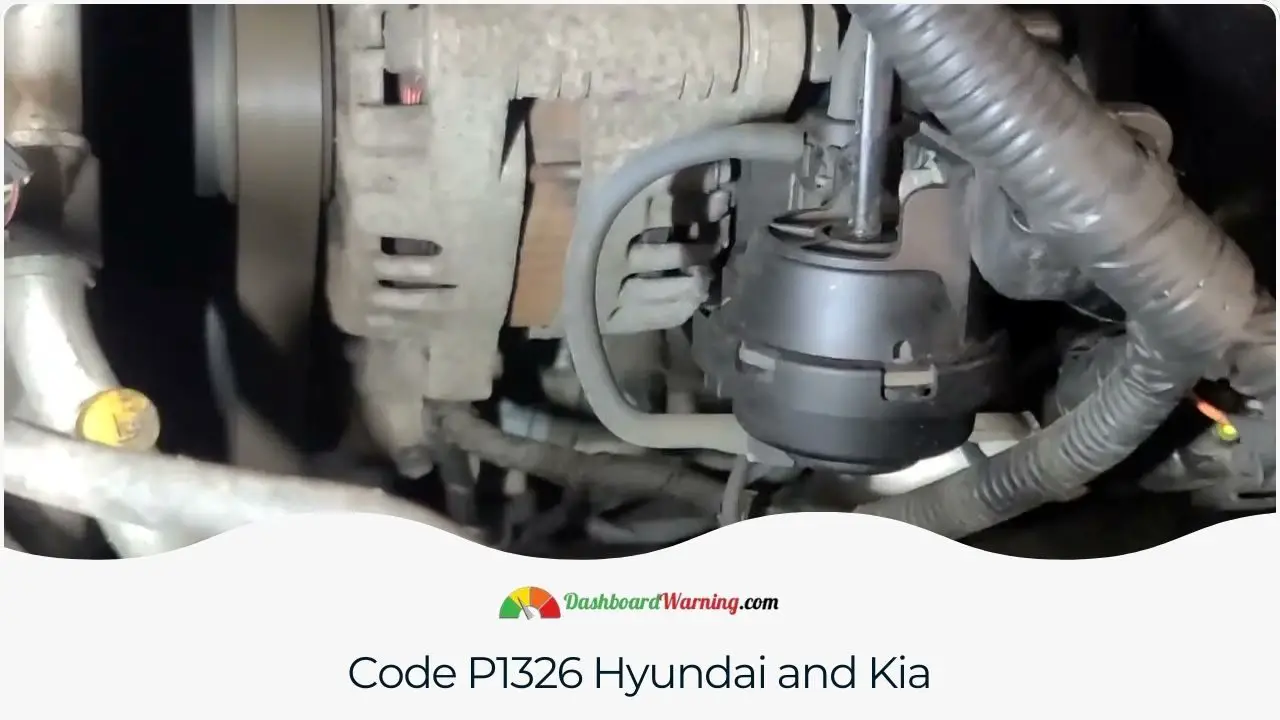
More important content about Engine Codes
P2419 Code: Here's How to Solve It Fast
P0090 Code: Here's How to Solve It Fast
P1717 Code: Here's How to Solve It Fast
P0313 Code: Here's How to Solve It Fast
P1405 Code: Here's How to Solve It Fast
Tips and Advice
Porsche Cayenne Years To Avoid
Subaru Legacy Years To Avoid - 5 Worst Years
Pt Cruiser Years To Avoid
Use 5w30 instead of 0w20 - Advantages and Disadvantages
Tractor Dashboard Symbols And Meanings
Suzuki Sx4 Years To Avoid - 5 Worst Years